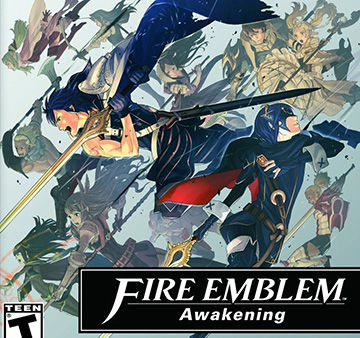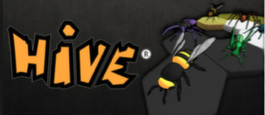In my experience as a consumer of Japanese animation, I have found that most anime can be grouped into two overarching categories. The first are those that actively embrace fanservice or, in other words, scenes or even full sequences that pander to the male gaze in a distinctly sexual way. This can be anything from lingering over a cleavage or butt shot to flashes of underwear to full nudity. This is the stuff anime has regrettably become infamous for in the western world; although fanservice is not quite on the level as the unfiltered porn alternative.
Needless to say, there’s quite a lot of problematic content and themes in this first category. The objectification is pretty blatant as these girls are used to sell titles and appeal to a male audience. Although the little extra “excitement” it adds to the series is a pretty substantial addition in a long list of media offenders that over sexualizes their female characters and reduce their worth as a character to their appeal to a male audience, anime that tends to feature consistent and/or frequent fanservice makes no attempt to hide it. While fanservice anime may have a defined and serious plot, world building, and character development, it, at the same time, is far from discreet in its sexual nature. The second category, however, has the potential to be more widespread and even damaging than the first.
The second group of anime is generally what falls under a more “serious” variety. It is typically the variety that receives the most critical praise and what we like to direct skeptics to when they doubt the quality of what is often written off as a children’s cartoon. With their more “serious” subject matters and structuring, the occurrence of fanservice is rarely if ever direct. It’s covert. It manifests in camera angles placing the female character’s “features” in prominent display. It’s seemingly innocuous. Compared to bathing scenes or panty shots that might populate the first group, something like a pan up the female character’s body might, in all honesty, seem innocent. However, even in a fictional, animated setting the girls are still placed in an angle that caters to the objectifying male gaze. Even in one brief scene an otherwise well-rounded, believable, and strong female character may be undermined by presenting her under a needlessly sexualized lens, a treatment that is not given to the male characters. Video games are not exempt from this dynamic as well, with, for instance, Remember Me’s butt-heavy camera angles being an example of the second group and more embedded than, for instance, Soul Calibur’s exposed costuming or jiggle physics.
By layering these moments between a serious plot and a female character otherwise respected in the narrative, these moments become transcribed as standard, normal, and, most ominously of all, accepted. And that is where the danger lies, because while the blatant over sexualization certainly is a problem of its own, sneaking moments that reduces female characters into a sexualized perspective that paints the male gaze as not only standard in the realm of fiction but in the real world as well.




